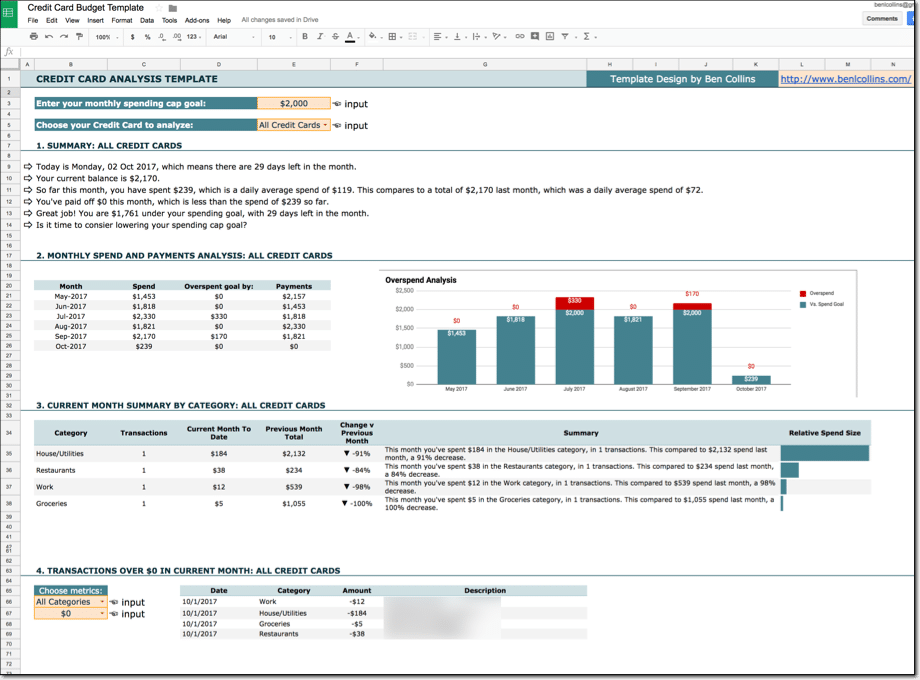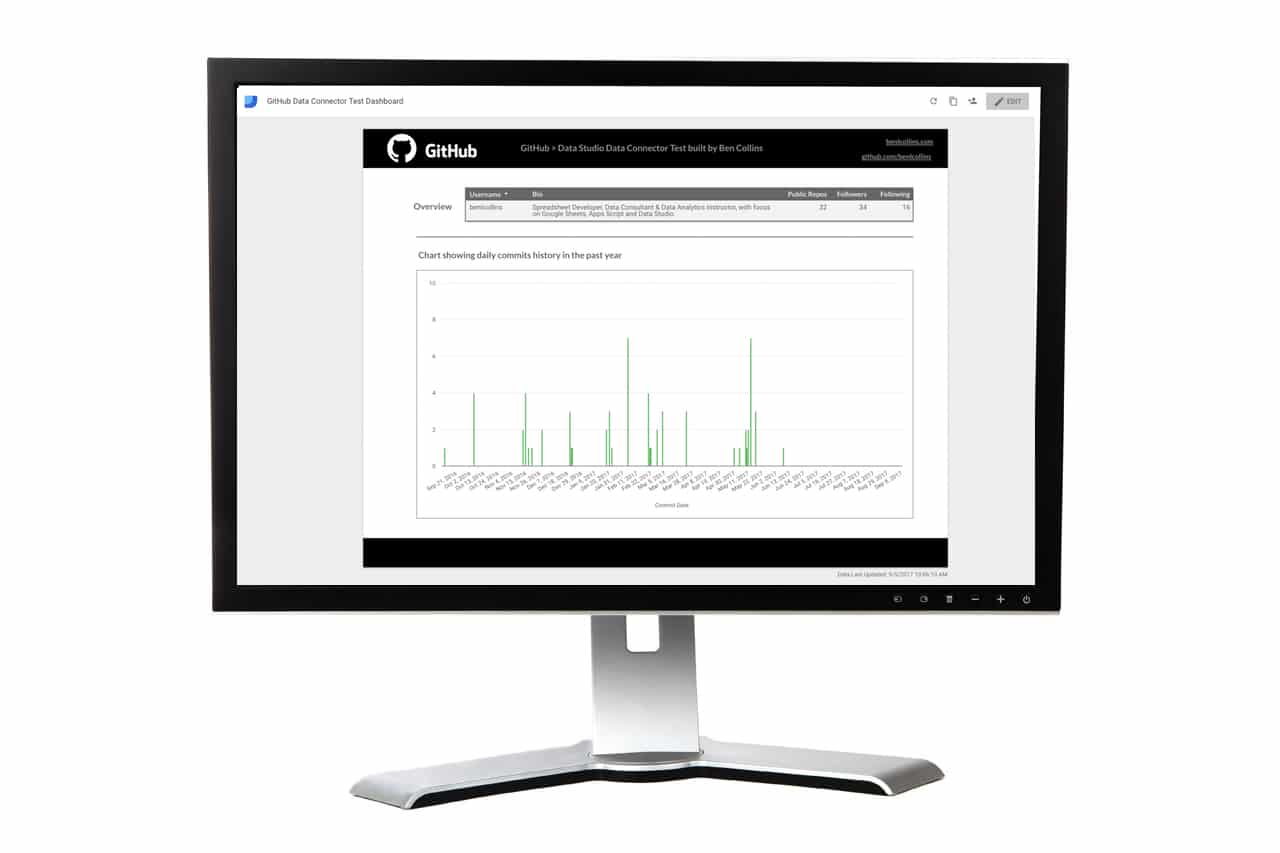Happy New Year to you all!
‘Max Q‘ is a term used in rocketry to denote the moment during a rocket flight when aerodynamic stress on the rocket’s airframe is at it’s maximum. It’s one of the early milestones of any flight, and one of the most dangerous to boot. Astronauts and engineers both breathe a sigh of relief when the rocket passes this point. Engines, which have been throttled back to 60 – 70% of capacity during this phase, are once again opened up and the great fire-breathing, bone-rattling tin can accelerates rapidly upwards again, on its way to space.
Well, the summer of 2017 felt like ‘max Q’ for our family. We had a second baby boy in late May (he’s brilliant!), relocated from DC to Florida in early July, sold a house and bought a house, prepared for our first hurricane in August (that was stressful!) and had a to-do list longer than our arm, in fact, all our arms combined.
Through this, I did what I could, when I could, to keep the ball rolling with my business. I launched my second course, Data Cleaning and Pivot Tables in Google Sheets, in June, although almost all of the work was completed prior to my son’s arrival in May.
Since October, the throttle has been fully open again on the business and things are moving along nicely. I launched my third course, Advanced Formulas 30 Day Challenge, in mid December, and had over 1k students sign up in the first week.


